What would the movie 'For a Few Dollars More' look like and how would the story go if the Storyboard was to be influenced and created based upon the results of a tabletop (war-) game where the scenario was based upon the original script??

Starring:
Our Hero:
His Competitor:
The Bad Guy:
-And the rest are just the background actors:
Directed by:
The storyboard is directed by the ruleset 'Once Upon a Dice in the West' (3rd Edition) with some minor modifications. Being a classic spaghetti western I think the heroes needs another +1 'hero-point' for shooting and fighting H2H than just being a 'Gunfighter'. The main villain are just treated as a 'Gunfighter' though. Bad-Guys usually dies when being hit in the movies, except for the main character villain, so no wounds for 'bad guys' except for the main villain in this game. Besides I think the heroes should get to activate first in those scenes and scenarios from the movie where they actually acts first. It seems like the Good-Guys gets a lots of benefits in this game, but they are fewer and are facing a large number of outlaws. -Besides they usually does in these movies anyway.
Location:
Dinner Tabletop Movie Ranch and False Front Town (wifey was away this week)
Screenplay:
The game are played and the Storyboard created through several chronological small key scenes and scenarios from the original movie, where the outcome in an earlier scene/scenario will influence the next.
Music:
By Morricone of course. Open this YT-clip in a new tab and let it play in the background on your PC for the right ambience, while reading about how I played 'For a Few Dollars More' key-scene by key-scene as long as possible and how it evolved...
Chapter I - Mortimer's Bounty Hunting in Tucumcari
Colonel Mortimer halts the train and did get off in Tucumcary:
Guy Callaway tries to run away...
...but Mortimer place a bullet in the horse and stops the fugitive.
Callaway starts shooting and actually mange to daze Mortimer for rest of the turn...
...-but as Mortimer activates first in next turn, he just finish Callaway off. A success for Mortimer except for he got dazed and almost hit by the murderer.
Chapter II - Manco's Bounty Hunting in White Rock
Meanwhile Manco are in White Rock looking for Baby (Red) Cavanagh...
-And finds him in the local saloon. This game doesen't go Cavanagh's way...
...and they get into a fistfight for 2 turns.
When our hero gets the upper hand in the fight, he are interrupted by friends of Cavanaugh.
Manco turns and fierce fanning his gun against the newly arrived gunmen...
...hitting just 2 of them. The last of them shot back at Manco...
...and missed (!). This gave Manco an opportunity to finally finnish him off as he activated first the next turn.
Cavanagh tries to regain the initiative and fire his gun at Manco...
...and misses. Manco did not. This was a success for Manco, but as he didn't hit with all his shots he got fired upon twice. Luckily they missed.
Chapter III - Indio's escape
Meanwhile a rescue party approaches the jail to free their leader, Indio...
The first guard are taken by surprise...
To sneak upon the second prison-guard, the badguys tries to divert him, but he must have heard them coming and gets into a hand to hand fight with one og the badguys and manage to kill him...
The strength is in the number, and the diversion shoots the prison-guard in the back.
Finally finding Indio in his prison-cell.
They really need to fight their wayout of the jail again.
When almost outside of the jail Indio's gang are caught in a firefight with 3 guards, and the guards manage to kill another member of Indio's gang.
But the Villains finally manage to finish of the rest of the guards. They let one of them live as a witness. The freeing was successful, but the gang lost two members doing so.
Chapter IV - Indio's revenge
Indio feels courageous and seeks revenge on the bounty hunter who got him arrested.
Famous last words (!) Tomaso actually manage to draw and hit first and kills Indio in the duel initiated by Indio in the first place.
This surprises the rest of Indio's gang, and off course they opens fire and shoots Tomaso on the spot.
End Credits:
With the suggested storyboard, this version of For a Few Dollars More would be finished after just 27 minutes on the silver screen. Our main villain got killed before he managed to tell the rest of his gang his master plan involving the bank of El Paso, so there would be no further backstory to this film. And there would be no reason left for the bounty hunters to hunt him down either.
-And that's too bad actually as there were scenes that never got realized in this 'storyboard'. Personally I would liked to have played the now deleted scenes where Manco fights 3 members of the gang before the planned robbery of the bank in Santa Cruz, where Mortimer duells Wild and the final scene we never got to see in this cut:
On the other hand, I don't think this version of the movie would have been the success Sergio Leone actually made with his own storyboard. But this game was good fun game though.







.jpg)
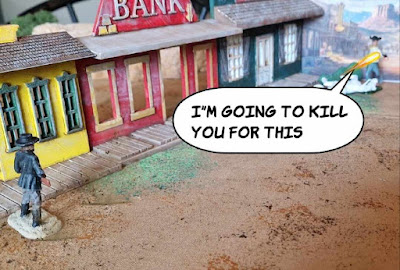



.jpg)
















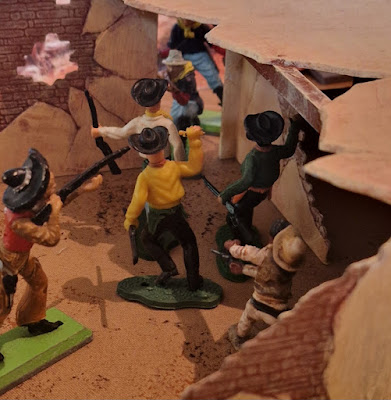



















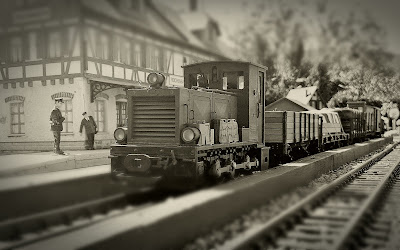

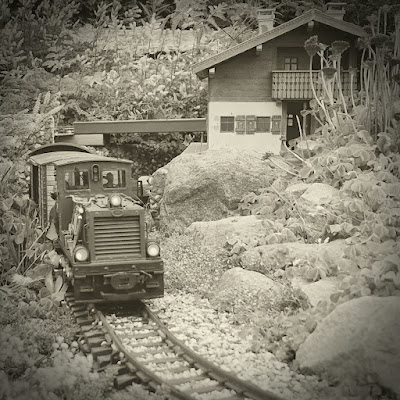


























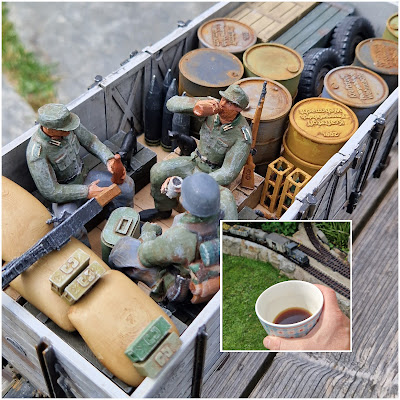






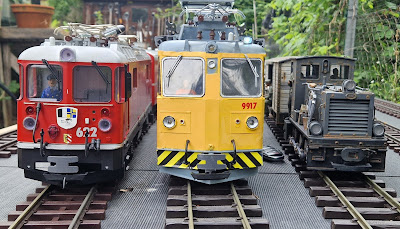
.jpg)















